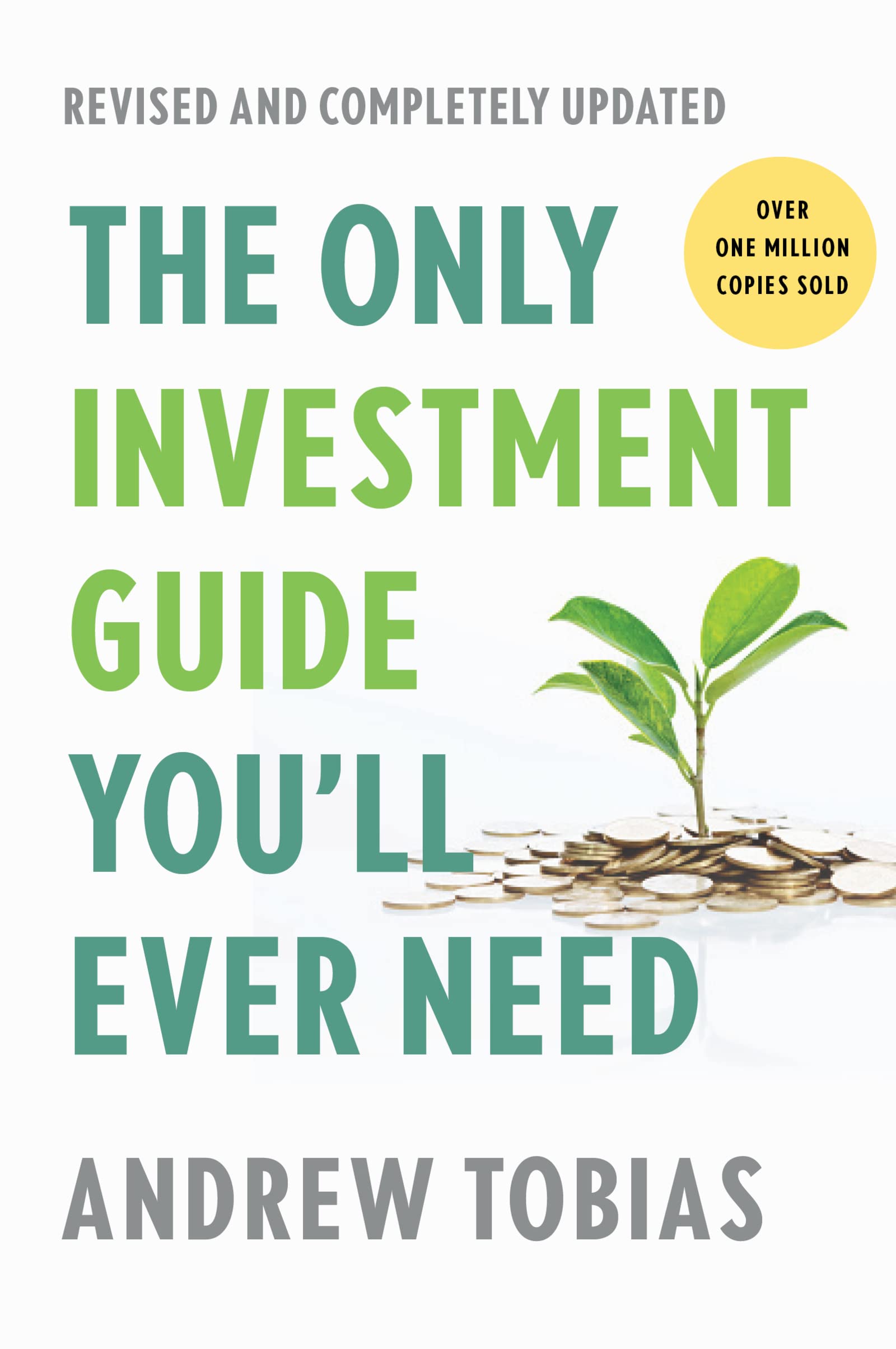What do you think?
Rate this book


318 pages, Kindle Edition
First published January 1, 1978
Here is a test. Suppose you had $100 in a savings account that paid an interest rate of 2% a year. If you leave the money in the account, how much would you have accumulated after five years: more than $102, exactly $102, or less than $102?That quotation, from an article in this week’s Economist, gives me an excuse to mention the best personal finance book I’ve ever read: Andrew Tobias’s The Only Investment Guide You’ll Ever Need. Self-aggrandizing title aside, the book is genuinely fabulous because it is hard-headed, practical, and best of all right.
This test might seem a little simple for readers of The Economist. But a survey found that only half of Americans aged over 50 gave the correct answer. If so many people are mathematically challenged, it is hardly surprising that they struggle to deal with the small print of mortgage and insurance contracts.
The solution seems obvious: provide more financial education. The British government just added financial literacy to the national school curriculum, to general acclaim. But is it possible to teach people to be more financially savvy? A survey by the Federal Reserve Bank of Cleveland reported that: “Unfortunately, we do not find conclusive evidence that, in general, financial education programmes do lead to greater financial knowledge and ultimately to better financial behaviour.”